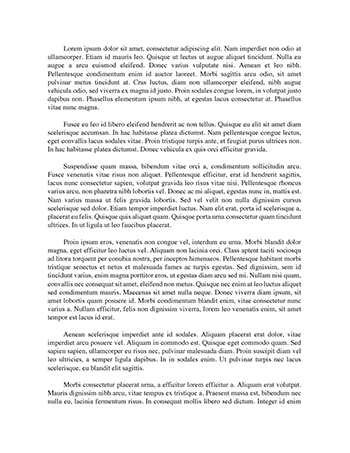Worried about You," by Joyce Carol Oates. Specifically, it will summarize the story, and the characters in the story. "We Were Worried about You" is a story of family, but it is also a story of what people ignore in their lives, and how it affects them.
WE WERE WORRIED AOUT YOU
The characters in Oates short story are seemingly a normal and happy middle class family. They identify with their shiny new cars, the father works hard, and they all attend church on Sundays. They could be any family anywhere in America. Even more so, they ignore those less fortunate on the side of the road, and here they epitomize something deeper, the way American society's upper classes ignore the poverty and hunger of those less fortunate. These are not cruel or unfeeling people, but they are afraid of what they do not know, and so, they pass by these…...


